The Essential Guide to Bathroom Safety for Parkinson's Patients: Tips and Tricks
Living with Parkinson's disease can present a range of challenges, and one area where extra caution is needed is in the bathroom. The bathroom can be a potentially hazardous place for individuals with Parkinson's due to balance issues, stiffness, and coordination problems. However, with the right strategies and modifications, it is possible to create a safer and more accessible environment. In this essential guide, we will explore a variety of tips and tricks to enhance bathroom safety for Parkinson's patients. From grab bars and non-slip mats to adaptive equipment and organization techniques, we will cover everything you need to know to ensure a secure and comfortable bathroom experience. Whether you are a Parkinson's patient yourself or a caregiver looking for ways to support your loved one, this guide will provide invaluable insights and practical solutions to make the bathroom a safer space for all. So let's dive in and discover the secrets to promoting independence and reducing the risk of accidents in the bathroom for Parkinson's patients.

Understanding Parkinson's disease and its impact on bathroom safety
Parkinson's disease is a neurodegenerative disorder that affects the nervous system, leading to a range of motor and non-motor symptoms. Motor symptoms include tremors, stiffness, slowness of movement, and difficulty with balance and coordination. These symptoms can significantly impact a person's ability to navigate the bathroom safely.
One of the main challenges Parkinson's patients face in the bathroom is the increased risk of falls. The combination of balance issues, muscle stiffness, and reduced coordination can make it difficult to maintain stability on wet and slippery surfaces. Additionally, the fine motor skills required for tasks such as buttoning clothes, fastening zippers, and manipulating small objects can become impaired, making it harder to perform essential bathroom activities independently.
To address these challenges, it is crucial to understand the specific needs of Parkinson's patients in the bathroom. By recognizing the impact of the disease on mobility, coordination, and overall safety, we can implement targeted strategies to minimize the risk of accidents.
Common bathroom safety challenges for Parkinson's patients
Before delving into the tips and tricks for enhancing bathroom safety, let's take a closer look at some of the common challenges faced by Parkinson's patients in the bathroom. By understanding these challenges, we can better identify the areas that require modifications and improvements.
One of the primary concerns is the risk of falls. Parkinson's patients may experience balance issues and reduced stability, especially when transitioning from sitting to standing or vice versa. Additionally, the presence of wet and slippery surfaces in the bathroom further increases the likelihood of accidents.
Another challenge is the limited range of motion and dexterity caused by stiffness and muscle rigidity. Tasks such as reaching for toiletries, opening bottles, or maneuvering in tight spaces can become challenging for Parkinson's patients. This can lead to frustration and a loss of independence in performing basic self-care activities.
Furthermore, the bathroom environment itself can pose hazards. Poor lighting, inadequate ventilation, and cluttered spaces can increase the risk of accidents. It is essential to address these environmental factors to create a safer bathroom for Parkinson's patients.
Tips for creating an accessible and safe bathroom environment
Creating an accessible and safe bathroom environment is crucial for promoting independence and reducing the risk of accidents for Parkinson's patients. Here are some tips to help you transform your bathroom into a safer space:
1. Remove hazards: Start by decluttering the bathroom and removing any unnecessary items that could obstruct movement or pose a tripping hazard. Keep the floor clear of rugs or mats that could slide or bunch up. Install a non-slip mat or adhesive strips in the shower or bathtub to provide better traction.
2. Improve lighting: Good lighting is essential for ensuring visibility and reducing the risk of falls. Install bright, energy-efficient LED lights in the bathroom, particularly near the shower and toilet areas. Consider adding motion-sensor lights or nightlights to provide illumination during nighttime bathroom visits.
3. Enhance ventilation: Proper ventilation is crucial for maintaining a dry and safe bathroom environment. Install an exhaust fan to reduce humidity and prevent the accumulation of moisture, which can lead to slippery floors and mold growth. Ensure the fan is regularly cleaned and functioning correctly.
4. Optimize accessibility: Make the bathroom more accessible for Parkinson's patients by ensuring there is enough space for maneuvering mobility aids such as walkers or wheelchairs. Remove any unnecessary obstacles and consider widening doorways if necessary. Install handrails or grab bars near the toilet and shower areas to provide extra support.
5. Organize strategically: Arrange bathroom essentials in easily accessible locations to minimize reaching and bending. Use wall-mounted shelves or a shower caddy to keep toiletries within reach. Consider using a shower chair or bench for individuals who may have difficulty standing for extended periods.
By implementing these tips, you can significantly improve the accessibility and safety of the bathroom for Parkinson's patients. However, additional safety equipment and modifications may be necessary to address specific challenges and ensure a secure environment.
Essential bathroom safety equipment for Parkinson's patients
To further enhance bathroom safety for Parkinson's patients, certain essential safety equipment can be invaluable. These devices are specifically designed to assist individuals with mobility, balance, and coordination difficulties. Here are some essential bathroom safety equipment options:
1. Grab bars and handrails: Install grab bars and handrails strategically throughout the bathroom to provide stability and support. Place them near the toilet, shower, and bathtub areas to assist with sitting, standing, and transferring. Ensure the grab bars are securely mounted to the wall and can withstand the necessary weight.
2. Raised toilet seat: A raised toilet seat can make it easier for Parkinson's patients to sit down and stand up from the toilet. Choose a seat with armrests for added support and stability. Ensure the seat is securely attached to the toilet bowl to prevent unwanted movement.
3. Shower chair or bench: A shower chair or bench provides a safe and comfortable seating option for individuals who have difficulty standing for prolonged periods. Look for a chair with non-slip feet and a backrest for added support. Ensure the chair is appropriately positioned to minimize water splashing outside the shower area.
4. Handheld showerhead: A handheld showerhead allows Parkinson's patients to have more control and flexibility during bathing. It eliminates the need to twist and turn to reach different body parts, reducing the risk of falls and strain. Install a grab bar or handrail near the shower area to provide additional support while using the handheld showerhead.
5. Toilet safety frame: A toilet safety frame is a freestanding device that surrounds the toilet, providing support for sitting and standing. It typically includes armrests and a sturdy frame that fits around the toilet. Ensure the frame is stable and does not wobble during use.
By incorporating these essential bathroom safety equipment options, you can significantly enhance the safety and accessibility of the bathroom for Parkinson's patients. However, it is essential to understand how to use these devices correctly to maximize their effectiveness.
Proper use of grab bars and handrails in the bathroom
Grab bars and handrails play a vital role in enhancing bathroom safety for Parkinson's patients. However, it is essential to use them correctly to ensure their effectiveness. Here are some guidelines for the proper use of grab bars and handrails:
1. Choose the right location: Install grab bars and handrails in areas where extra support and stability are needed. This includes near the toilet, shower, and bathtub. Ensure the bars are placed at a height that allows for a comfortable grip and easy reach.
2. Securely mount the bars: Proper installation is crucial to ensure the grab bars and handrails can withstand the necessary weight and provide reliable support. Follow the manufacturer's instructions for mounting, or consult a professional if needed. Avoid using suction cup grab bars, as they may not provide sufficient support.
3. Test the stability: Before relying on grab bars and handrails for support, ensure they are securely attached to the wall and do not move or wobble. Apply pressure to the bars to test their stability. If any movement or instability is detected, reinforce the mounting or seek professional assistance.
4. Use the bars for support: When using the toilet or getting in and out of the shower or bathtub, grasp the grab bars or handrails for support. Use them to assist with sitting, standing, and transferring. Avoid putting excessive weight or strain on the bars by pulling or hanging from them.
5. Maintain cleanliness: Regularly clean the grab bars and handrails to ensure they remain free from dirt, grime, and moisture. This will prevent slipping and maintain the effectiveness of the grip. Use mild soap and water or a non-abrasive cleaner to clean the bars. Avoid using harsh chemicals that may cause damage.
By following these guidelines, you can ensure the proper use of grab bars and handrails in the bathroom, providing Parkinson's patients with the support and stability they need to navigate the space safely.
Strategies for preventing falls and managing balance issues in the bathroom
Preventing falls and managing balance issues in the bathroom is crucial for the safety and well-being of Parkinson's patients. By implementing the following strategies, you can reduce the risk of accidents and enhance stability:
1. Exercise regularly: Engage in exercises that focus on improving balance, strength, and flexibility. Physical therapy or specialized Parkinson's exercise programs can provide targeted exercises that address specific motor challenges. Consult with a healthcare professional to determine the most suitable exercise regimen.
2. Use assistive devices: Consider using assistive devices such as canes or walkers to provide additional support and stability during bathroom activities. These devices can help redistribute weight and improve balance. Ensure the devices are properly adjusted and used correctly to maximize their effectiveness.
3. Take your time: Allow ample time for bathroom activities to avoid rushing, which can increase the risk of falls. Parkinson's patients may need extra time to complete tasks due to reduced coordination and stiffness. Encourage a calm and relaxed approach to minimize the risk of accidents.
4. Sit when possible: Whenever feasible, encourage Parkinson's patients to sit while performing bathroom tasks. Sitting reduces the risk of falls and provides a stable base for activities such as brushing teeth or applying skincare products. Provide a chair or stool in front of the sink or vanity for added convenience.
5. Utilize stability aids: In addition to grab bars and handrails, consider using stability aids such as transfer poles or balance poles. These devices can provide additional support and assistance during standing, sitting, and transferring. Ensure the aids are properly installed and used correctly.
By implementing these strategies, you can help Parkinson's patients prevent falls and manage balance issues in the bathroom. However, it is essential to consider additional modifications and renovations to address specific safety concerns.
Bathroom safety modifications and renovations for Parkinson's patients
Modifying and renovating the bathroom to meet the specific needs of Parkinson's patients can significantly enhance safety and accessibility. Here are some modifications and renovations to consider:
1. Install a walk-in shower or bathtub: Traditional showers and bathtubs can be challenging for individuals with mobility issues. Consider replacing them with a walk-in shower or bathtub to eliminate the need for stepping over high thresholds. Install slip-resistant flooring to reduce the risk of falls.
2. Add a shower seat or bench: Installing a built-in shower seat or bench can provide a secure and comfortable seating option for Parkinson's patients. Choose a seat with a non-slip surface and a height that allows for easy transfer. Ensure the seat is securely attached to the wall or built into the shower area.
3. Widen doorways: If the bathroom has narrow doorways, consider widening them to accommodate mobility aids such as wheelchairs or walkers. Consult with a professional contractor to determine the feasibility and best approach for widening the doorways.
4. Lower sink and countertop height: Adjust the height of the sink and countertop to accommodate individuals who use a wheelchair or have difficulty reaching. Lowering the height can promote better accessibility and reduce strain on the upper body.
5. Install lever-style faucets: Traditional faucets with knobs can be challenging for individuals with reduced dexterity. Replace them with lever-style faucets that can be easily operated with minimal effort. Ensure the faucets are properly installed and functioning correctly.
These modifications and renovations can significantly improve the safety and accessibility of the bathroom for Parkinson's patients. However, it is essential to consult with professionals, such as occupational therapists or contractors, to ensure the modifications are tailored to the specific needs of the individual.
Helpful bathroom accessories and gadgets for Parkinson's patients
In addition to safety equipment and modifications, there are various bathroom accessories and gadgets that can further enhance the independence and comfort of Parkinson's patients. Here are some helpful options to consider:
1. Toilet tissue aids: Toilet tissue aids, such as extended handle holders or self-wiping aids, can assist individuals with limited range of motion or dexterity in maintaining personal hygiene. These aids eliminate the need for excessive bending or twisting.
2. Non-slip bath mats and rugs: Place non-slip mats or rugs near the bathtub, shower, and sink areas to provide additional traction and reduce the risk of slipping. Choose mats with a non-skid backing to ensure they remain securely in place.
3. Adaptive grooming aids: Adaptive grooming aids, such as long-handled brushes, combs, or toothbrushes, can help individuals with limited reach or dexterity maintain personal grooming habits independently. These aids eliminate the need for excessive stretching or straining.
4. Automatic faucets: Automatic faucets eliminate the need for manually turning the water on and off, reducing the risk of accidental scalding and providing convenience for individuals with reduced dexterity. Ensure the faucets are properly installed and adjusted to the desired temperature.
5. Medication organizers: Medication organizers with compartments or alarms can help Parkinson's patients manage their medication schedules effectively. These organizers ensure that medications are taken at the correct times, reducing the risk of missed doses or incorrect dosages.
By incorporating these helpful bathroom accessories and gadgets, you can empower Parkinson's patients to maintain independence and perform daily activities more comfortably and efficiently.
Educating caregivers and family members on bathroom safety for Parkinson's patients
In addition to making necessary modifications and providing assistive equipment, it is crucial to educate caregivers and family members on bathroom safety for Parkinson's patients. By understanding the specific challenges and implementing appropriate strategies, caregivers can provide better support and ensure the well-being of their loved ones. Here are some key points to address:
1. Communication: Openly discuss the challenges and concerns associated with Parkinson's disease and bathroom safety. Encourage caregivers and family members to share their observations and seek guidance



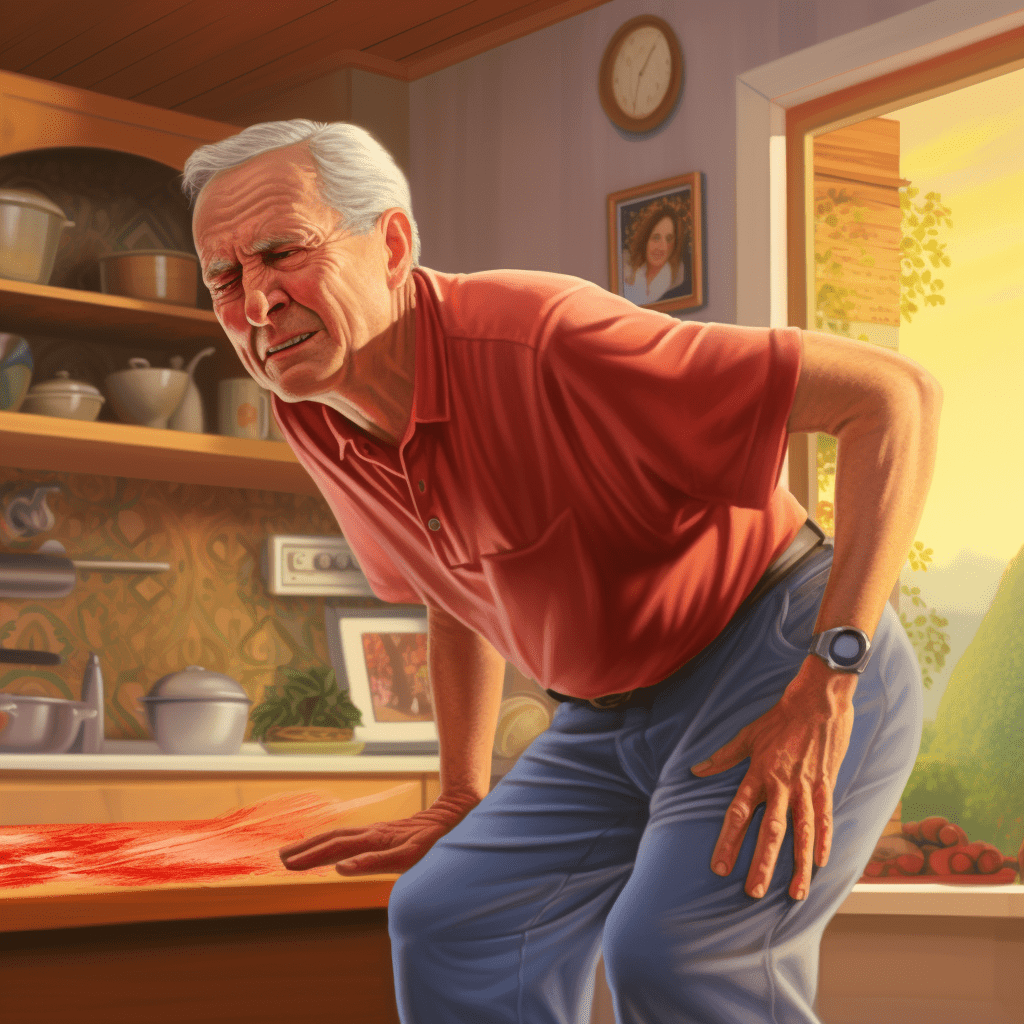
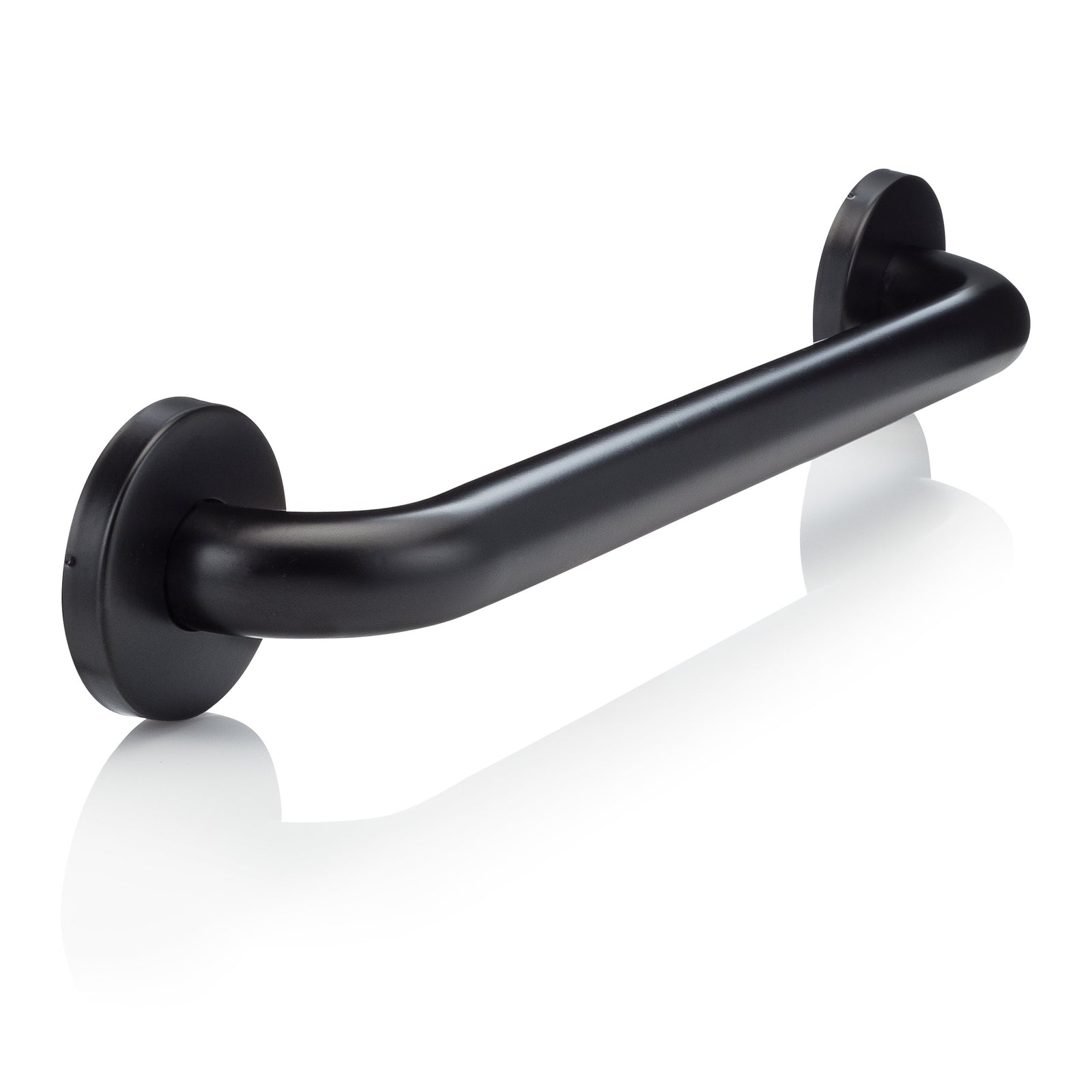

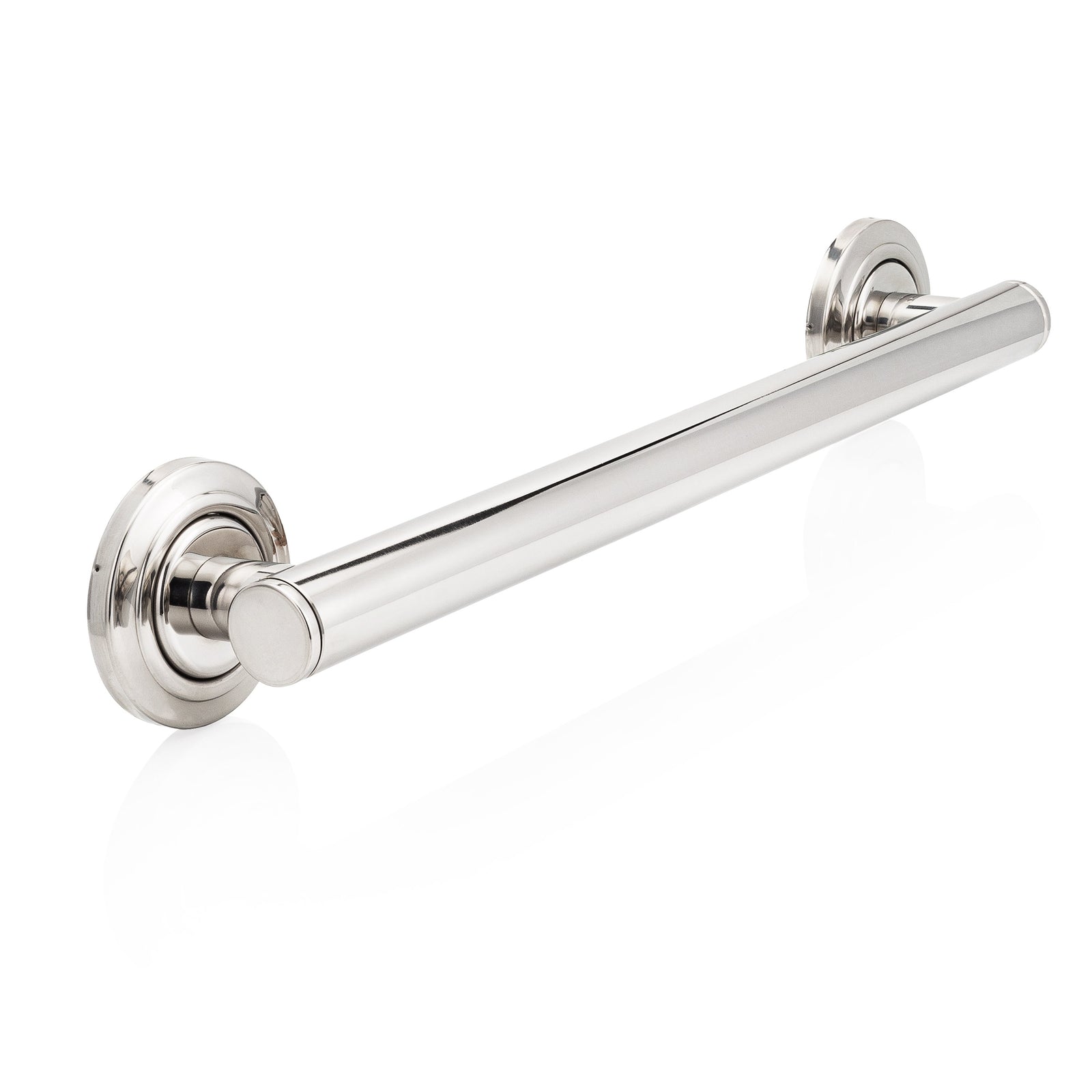
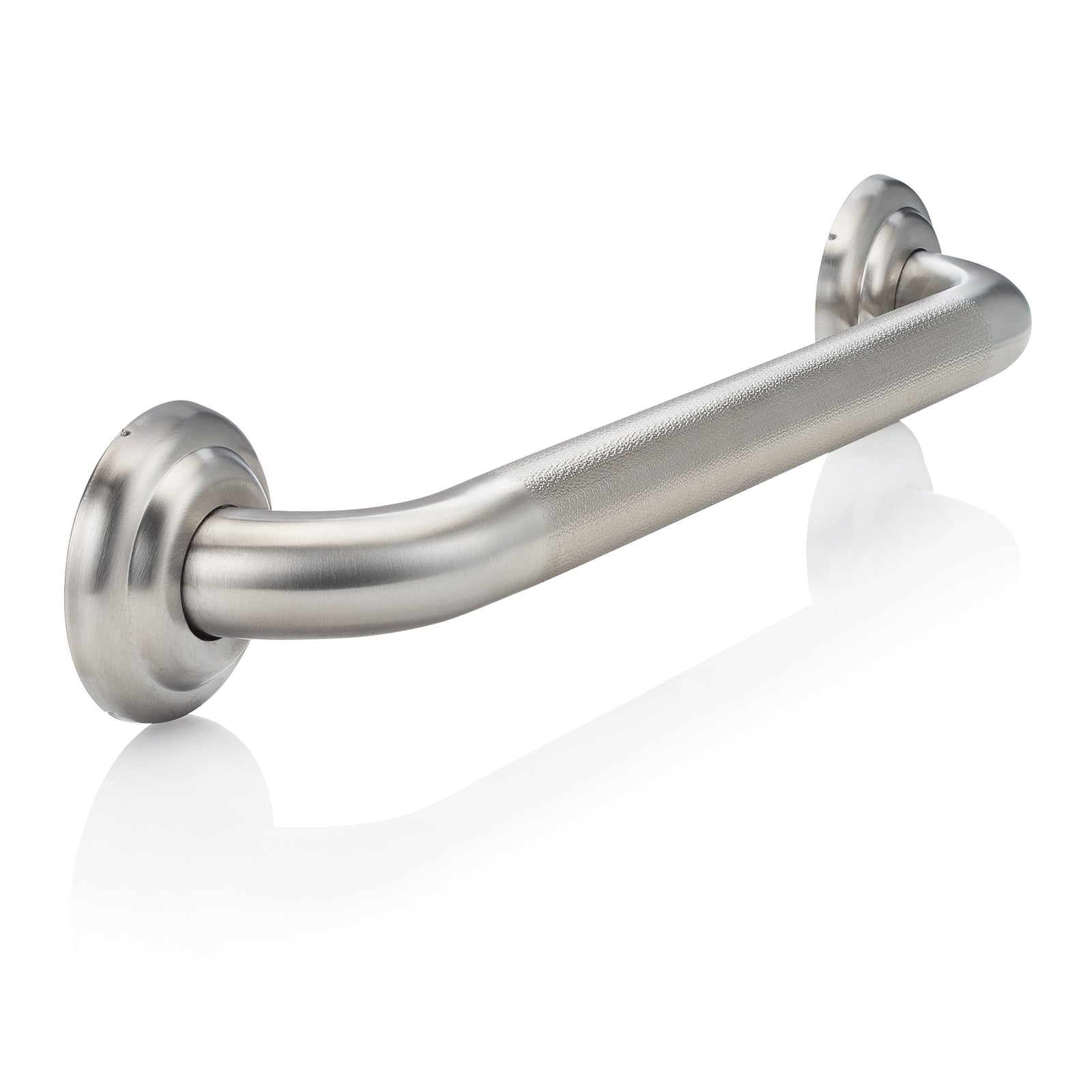
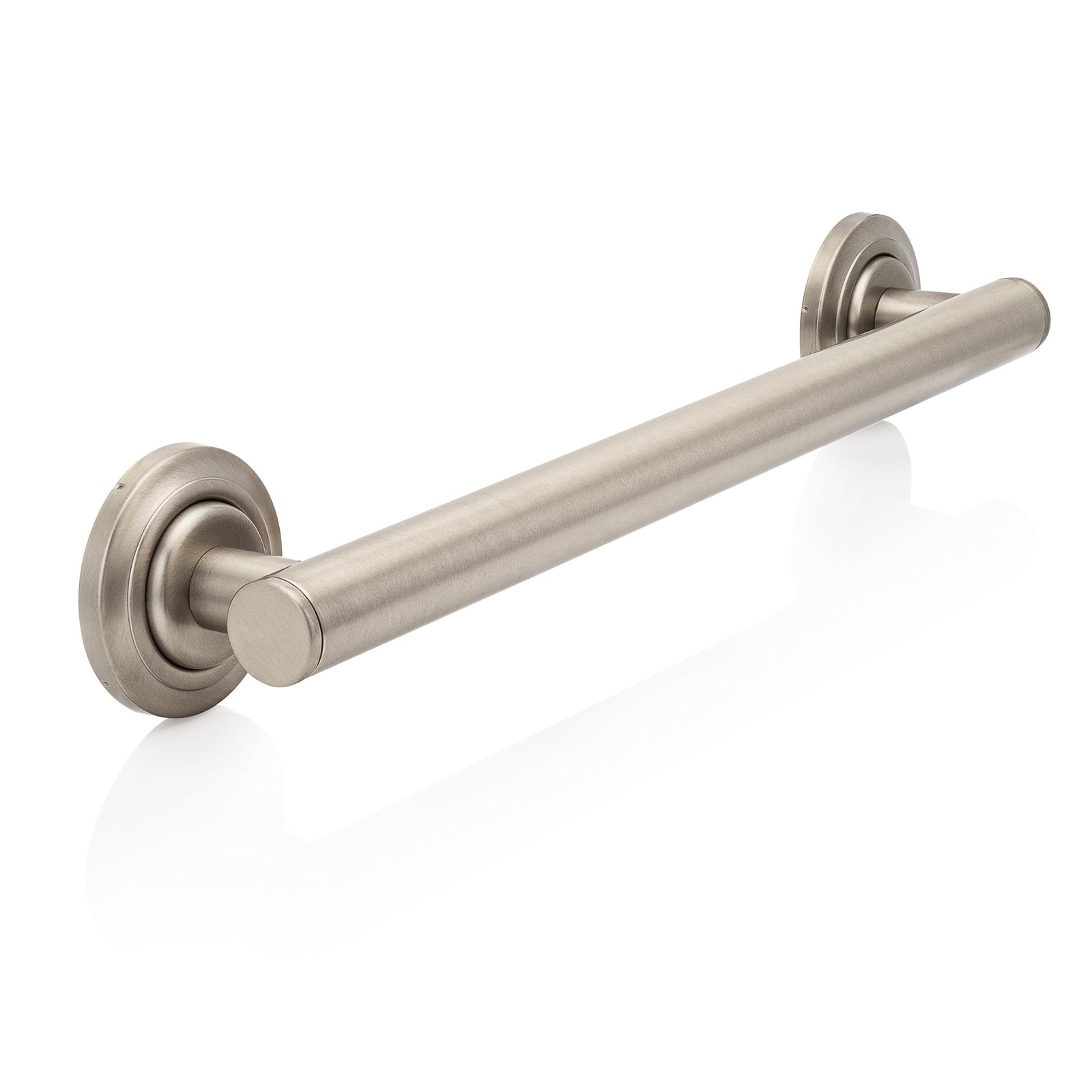


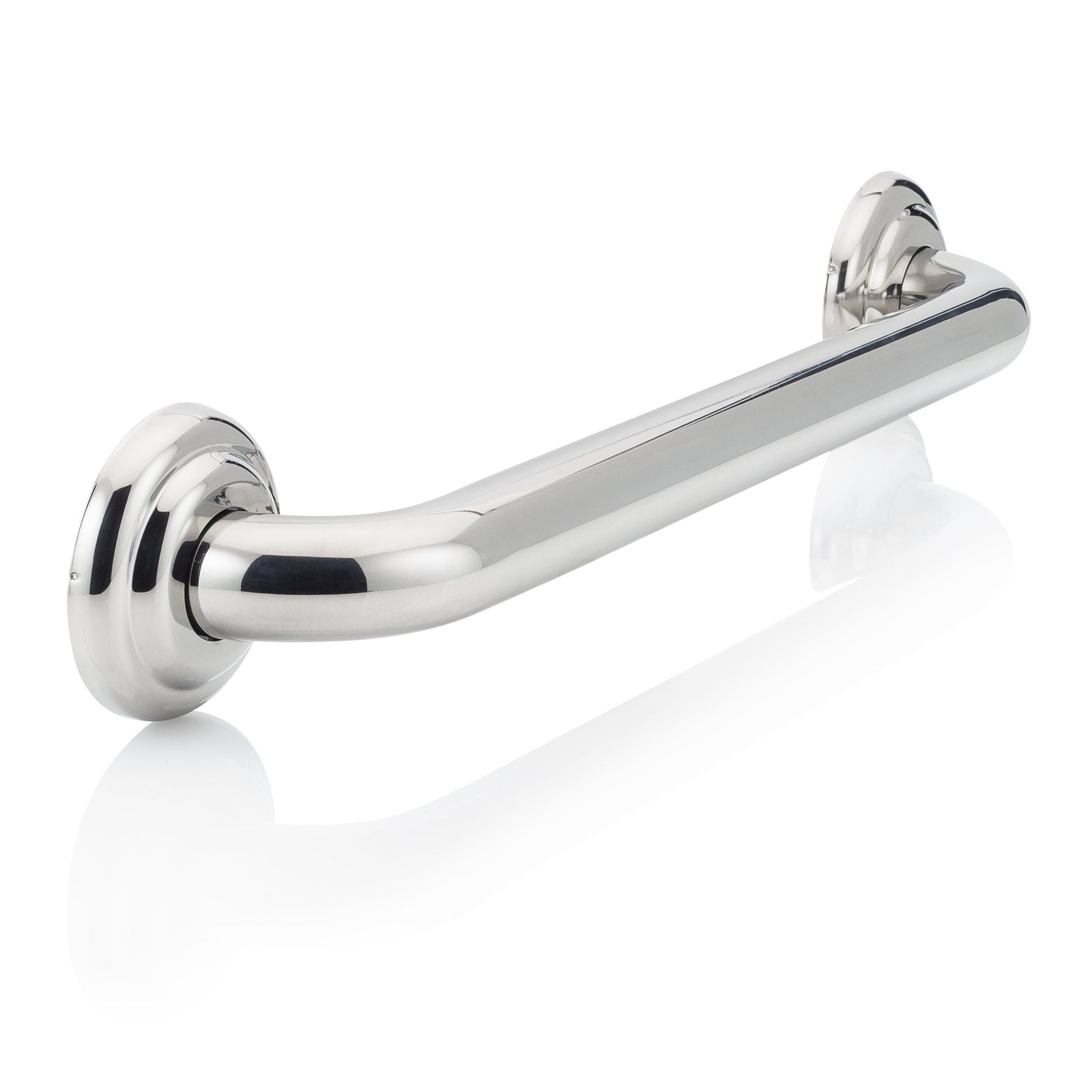


Mr. Grab Bar
June 14, 2023
Many individuals with Parkinson’s disease seem to have difficulty hesitancy, fear, freezing) when transitioning from one room to the next, especially through doorways, shower entries, and changes in floor surface (tile, carpet etc.). Grab bars strategically placed at such areas of transition are extremely useful in these situations.